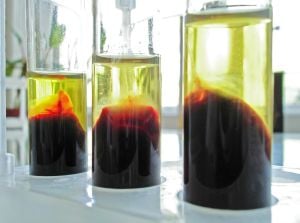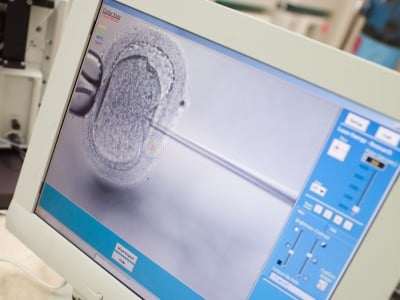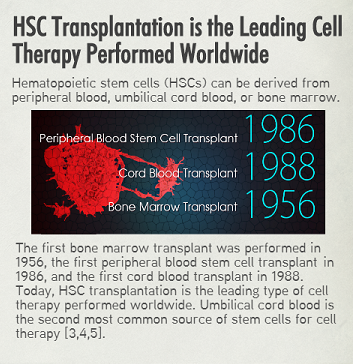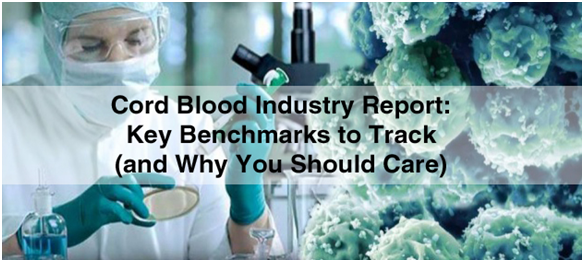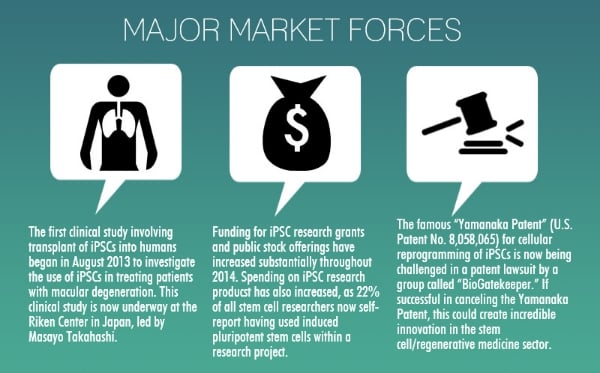To compete in the global cord blood banking marketplace, you need to be informed about major market forces, including clinical trial data supporting applications for hematopoietic stem cells (HSCs) from cord blood and mesenchymal stem cells (MSCs) from cord tissue. Within this rapidly evolving industry, those who choose to commit to understanding current conditions will be positioned for a substantial strategic advantage.
Because the global cord blood banking industry has matured substantially over the past few years, new market forces have created both serious threats and novel opportunities. Read on to learn more.

